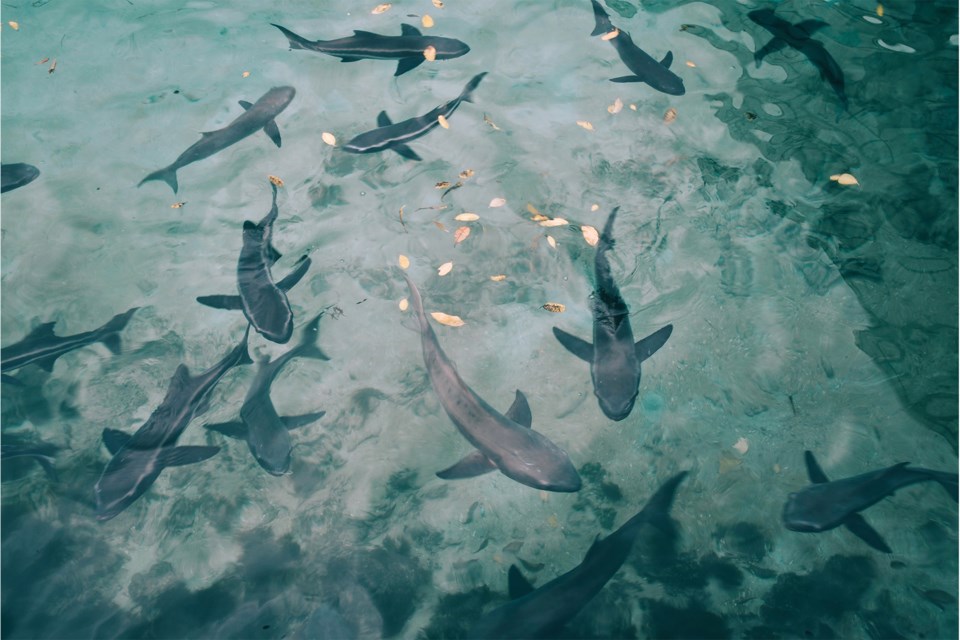Just in time for the ever-popular Shark Week, Vancouver Aquarium is busting out real facts to answer the biggest myths and misconceptions about the ocean’s most-feared predators.
And in celebration of the biggest week on TV, the aquarium is inviting visitors to get up close and personal with these fierce, yet fascinating, animals all week long.
Myth 1:Sharks can smell one drop of blood in the entire ocean.
Truth: While it’s true that sharks can smell better than you can, and some can even smell one drop of blood per one million parts of water, oceans are quite a bit bigger than that. Still, a shark’s nostrils aren’t used for breathing, they’re reserved for smelling. Maybe that’s why the lemon shark can smell tuna oil at one part per 25 million, which is not great news for anxious tuna.
Myth 2: Sharks have no predators.
Truth: Killer whales, sea lions, seals, lamprey and Australian saltwater crocodiles have all been known to prey on sharks. But the shark’s most ruthless and effective predator is the human being. According to a report compiled by researchers at Dalhousie University in 2013, we humans kill about 100 million sharks every year.
Myth 3: A shark has six senses.
Truth: Nope. A shark has seven senses: Vision, smell, taste, electrosense, hearing, touch and pressure sensors. Electrosense is the shark’s ability to sense electrical fields in other creatures through its Lorenzini ampoules. Meanwhile, pressure sensors are found in the shark’s lateral line, extending from its head to its caudal fin, and in its pit organs, oversized denticles covering small pockets in the skin.
Myth 4: All sharks are dangerous.
Fact: Depending on your source, shark species number from 375 to more than 500. Only about a dozen of them are considered dangerous to humans. The most feared are the great white, the tiger and the bull. The least feared is probably the dwarf lantern shark, whose largest known length is 20 cm (7.9 in). That’s about as big as a European wiener.
Myth 5: All sharks must swim constantly.
Truth: While some sharks do need to swim continuously in order to pass water over their gills and breathe, others can rest on the sea floor while their pharynx does the pumping. One of the most commonly-sighted sharks by snorkelers and divers is the nurse shark, a species that can rest on the sea floor.
Shark Week at Vancouver Aquarium
With replenishable teeth, seven senses and unparalleled survival skills, sharks are the ultimate aquatic predator. Now through Aug. 4, get up close and personal with the animals and learn about the many species of sharks and their role in the ocean – and how we can protect them.
Every day throughout the week, aquarium experts will be speaking about all things shark.
Ever wanted to see a shark chow-down? Witness a shark feed, every Tuesday, Thursday and Sunday at 2:30 p.m. in the Tropics Gallery.
This summer the Vancouver Aquarium has extended its opening hours and is now open from 9:30 a.m. to 6 p.m. daily. For more information, visit www.vanaqua.org.


